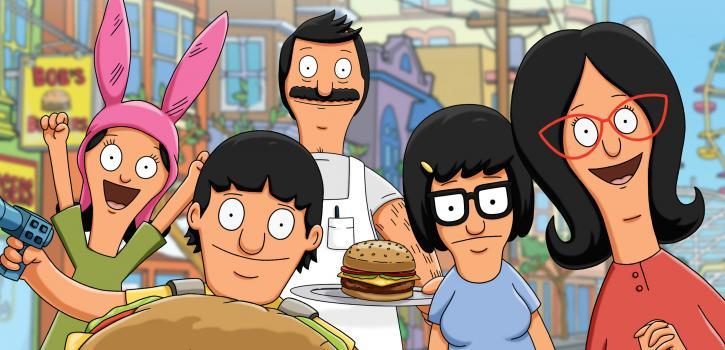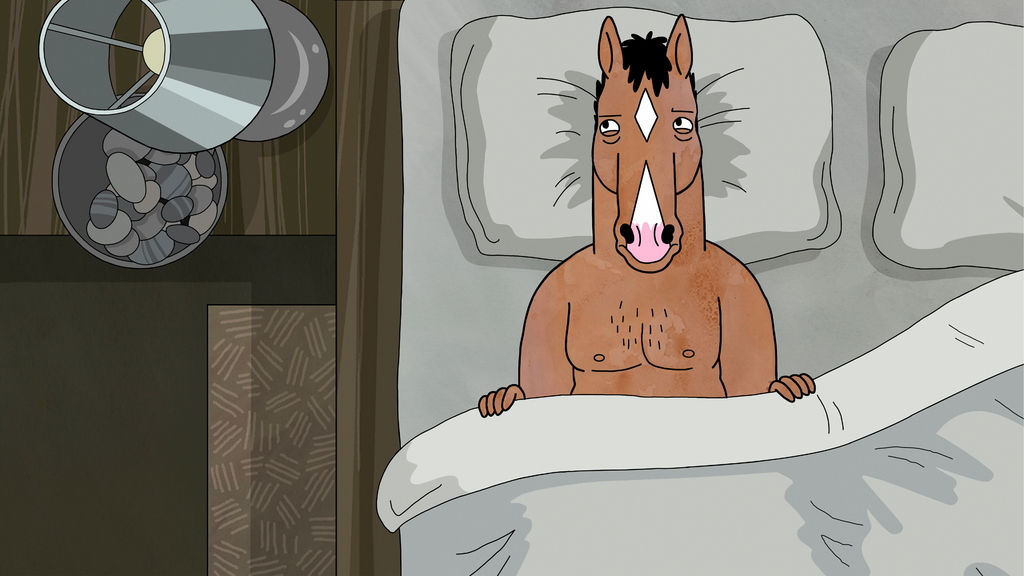SUMMARY
This is AI generated summarization, which may have errors. For context, always refer to the full article.

MANILA, Philippines – People think they’re made for kids, but cartoons can also offer glimpses into the real world.
In episodes full of oddballs and their antics, animated characters exhibit all-too-human natures, ruminate about life, and share acute observations about humanity.
Is your favorite cartoon included in the list below?
Bob’s Burgers

Bob’s Burgers features puns referencing pop culture and the clashing personalities of the Belcher family. But the way it portrays true-to-life characters is the thing to watch out for.
Gene Belcher, a young male character, comfortably shows a feminine side, which the other characters simply accept. The show’s portrayal of gender fluidity isn’t overdone – it feels natural.
Meanwhile, his sister Tina encapsulates the awkwardness of growing up. It isn’t cute, and in fact, is often gross. Anyone would be insecure about a developing body and interests no one else seems to care about (read: zombies and fanfiction), but Tina embraces herself, saying, “I’m a smart, strong, sensual woman.”
Daria

At first glance, Daria looks like she couldn’t care less about the state of humanity. She treats adults and her peers to a deadpan delivery of sarcastic remarks.
It’s only when the fictional Lawndale High’s small-time politics mirror real-life issues of deceit and dishonesty that she reveals herself to be an idealist.
She stands up for what she believes in, even when it means stepping outside her comfort zone, or being an outcast. But being one has never been a problem for Daria.
Being on the outside is something people can relate to, but it’s her infamous no-fucks-given attitude that they wish to emulate.
Bojack Horseman

The visual whimsy of Bojack Horseman’s anthropomorphic world is balanced by the sobering themes it revolves around, such as depression and loneliness.
In this show, it’s the bad that defines each character. They’re all broken people (or horses, dogs, cats, take your pick) trying to find happiness, or just make life more bearable. But this ends up emotionally scarring everyone involved.
It’s a bleak, but very human, concept. The show’s beauty lies in its characters’ complexities – in each of their bad decisions, in their hubris, and in their shame for who they are.
Cartoons IRL
While it doesn’t take itself too seriously, this medium also doesn’t shrink from tackling serious subjects head-on. There’s a juxtaposition of imagination and reality in these cartoons, which adds more color to each episode.
What other cartoons do you love? Do you think they mirror real life? – Rappler.com
Add a comment
How does this make you feel?
There are no comments yet. Add your comment to start the conversation.